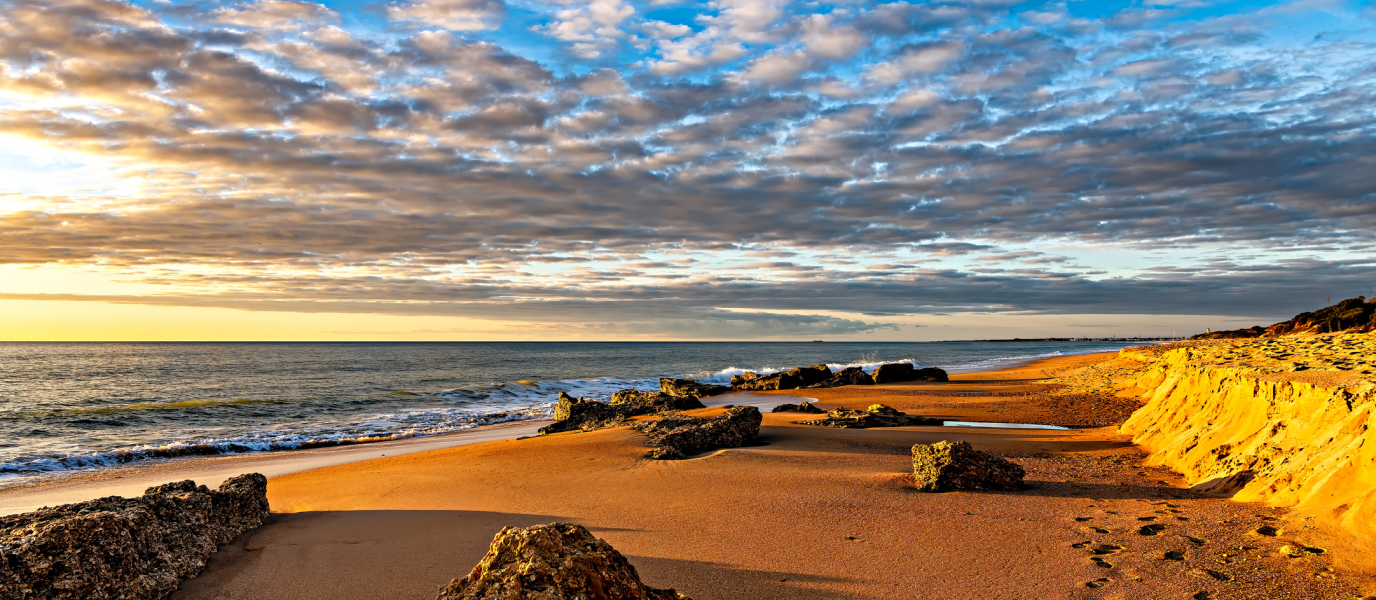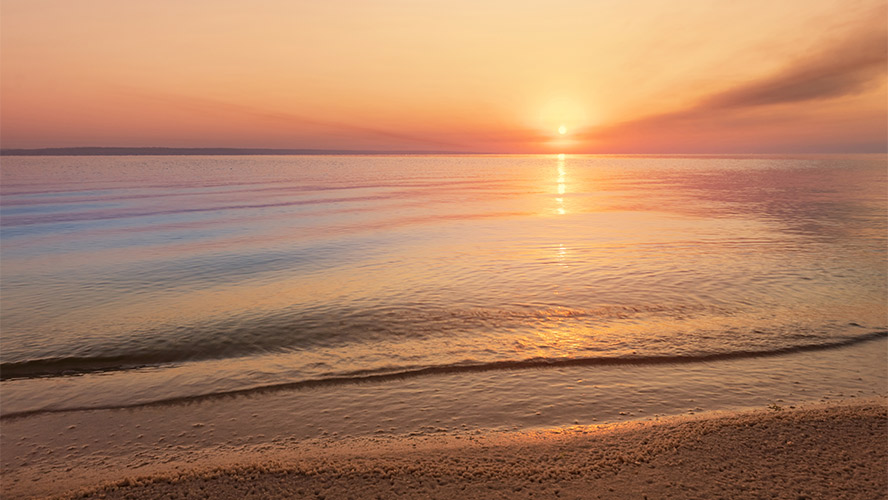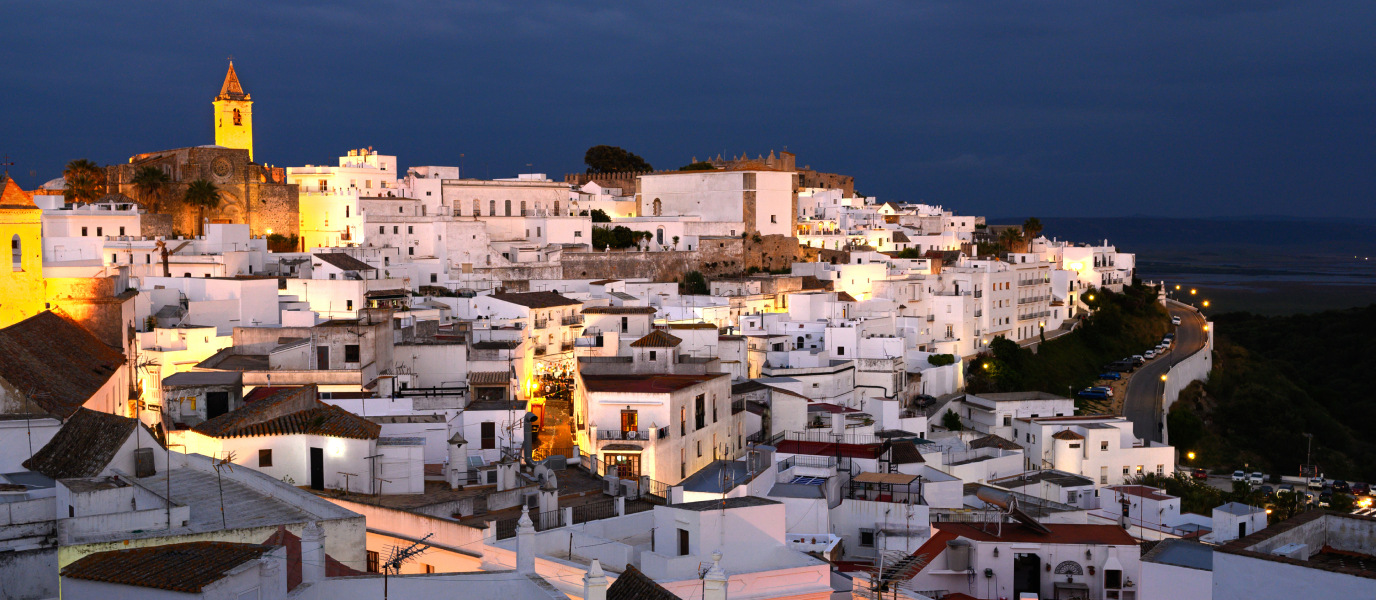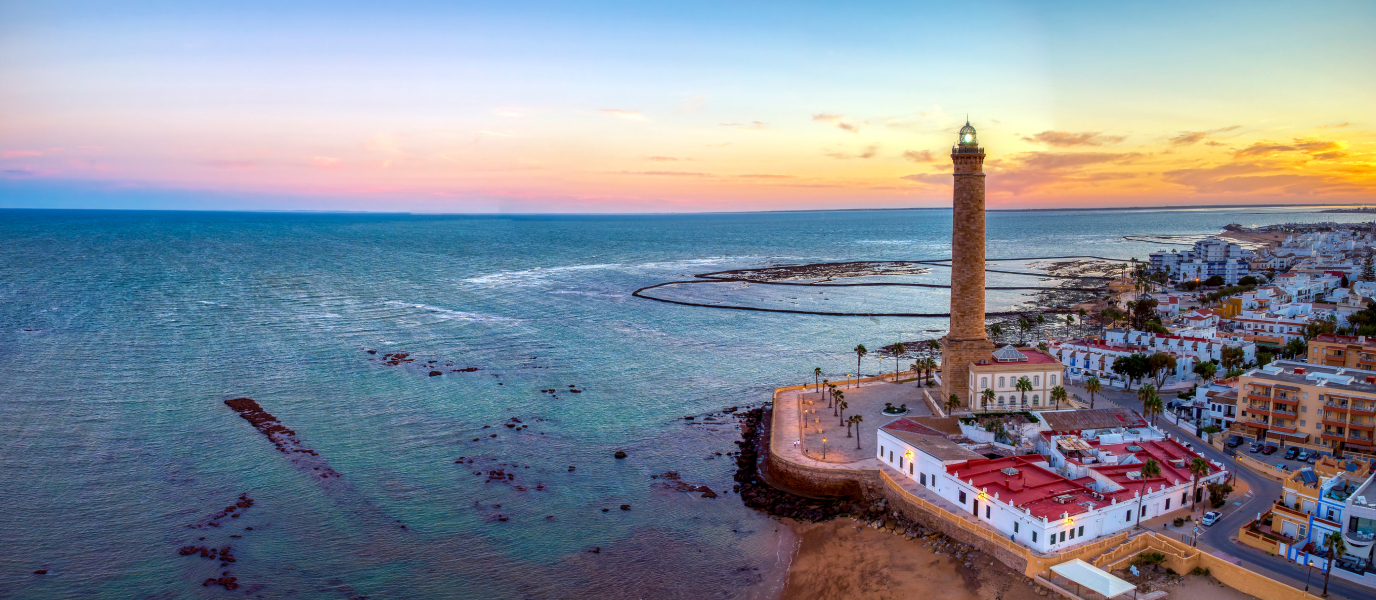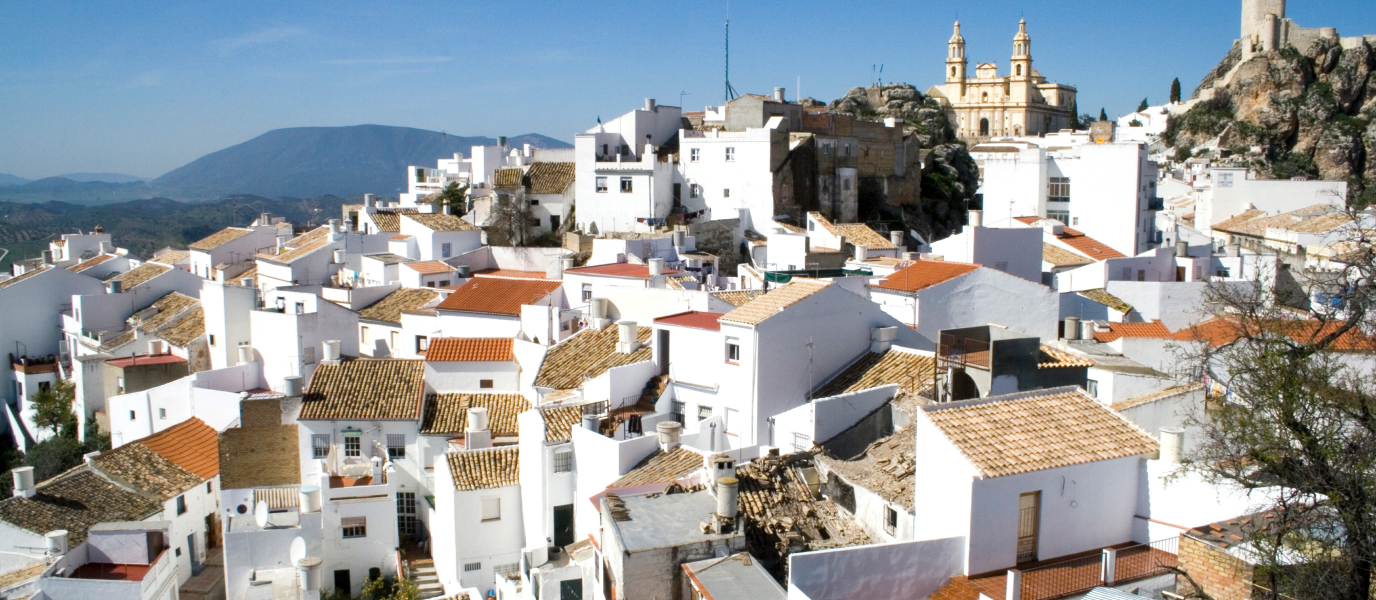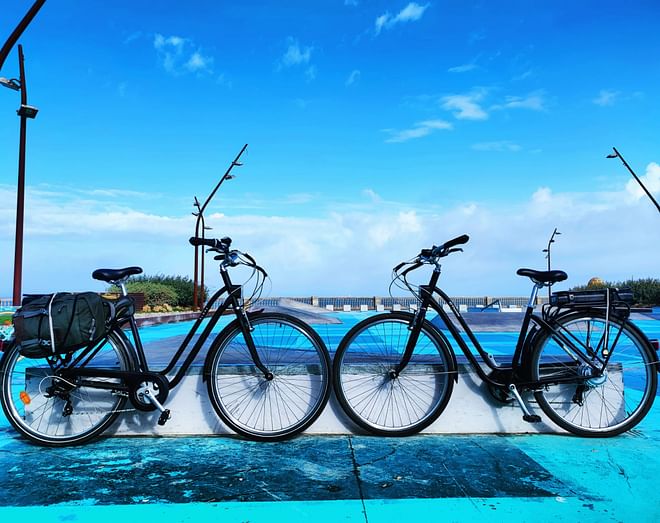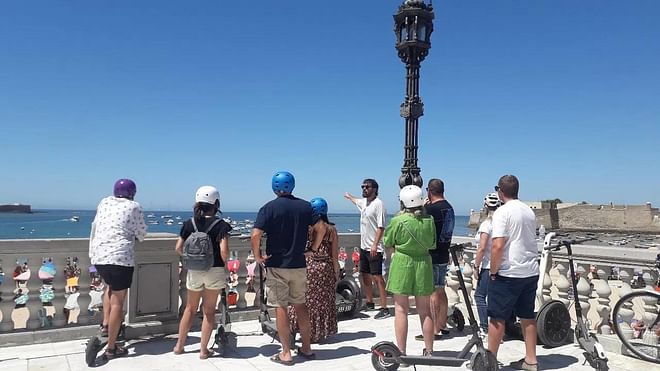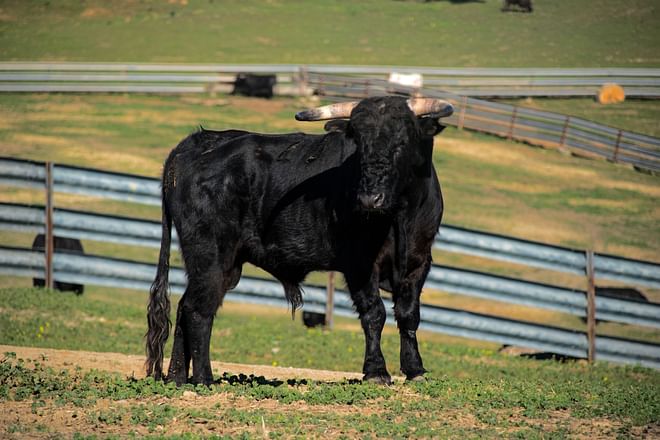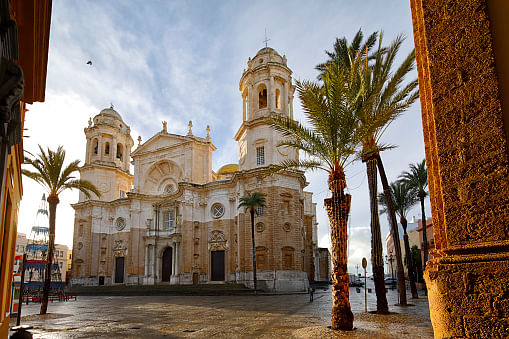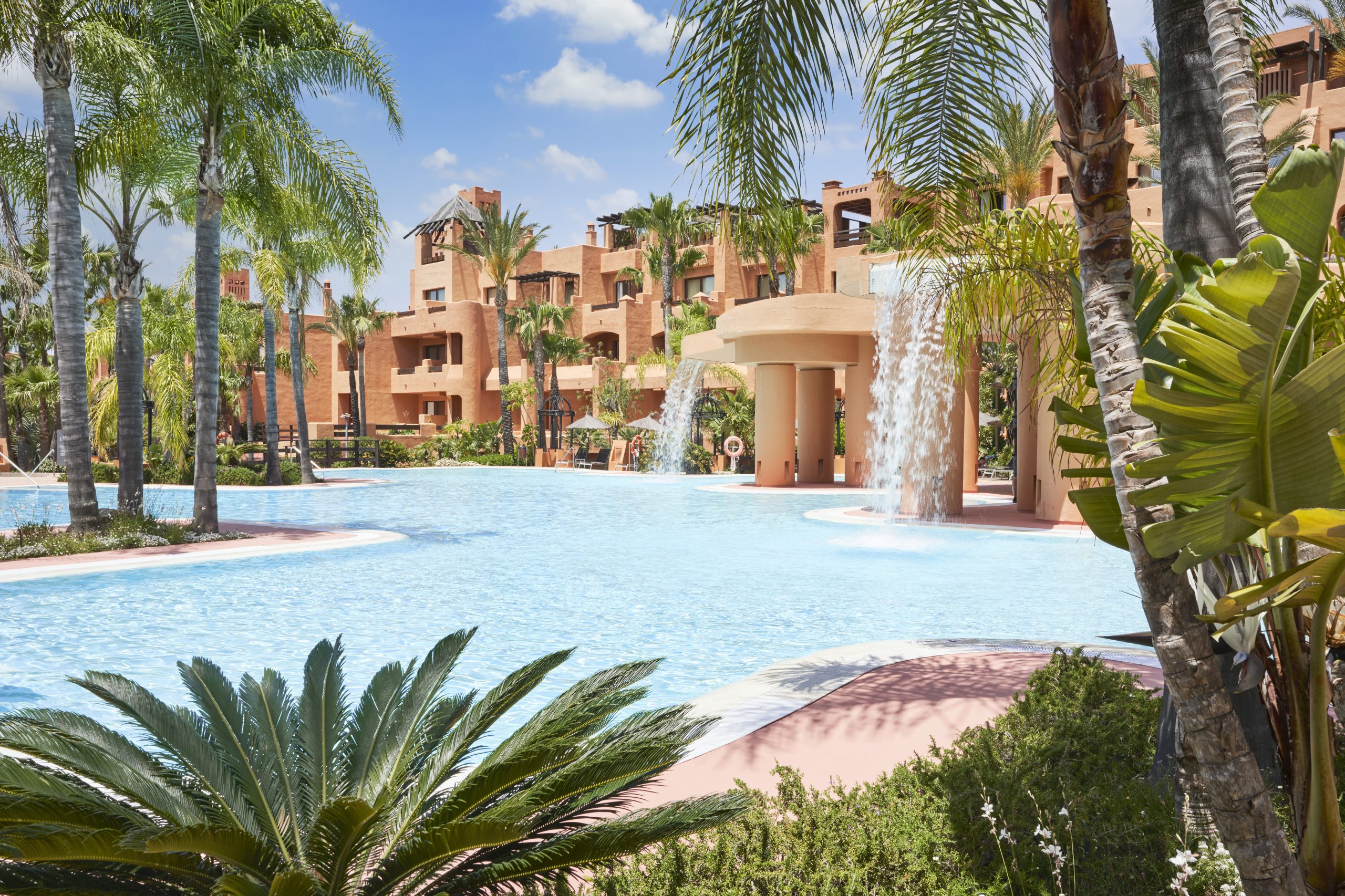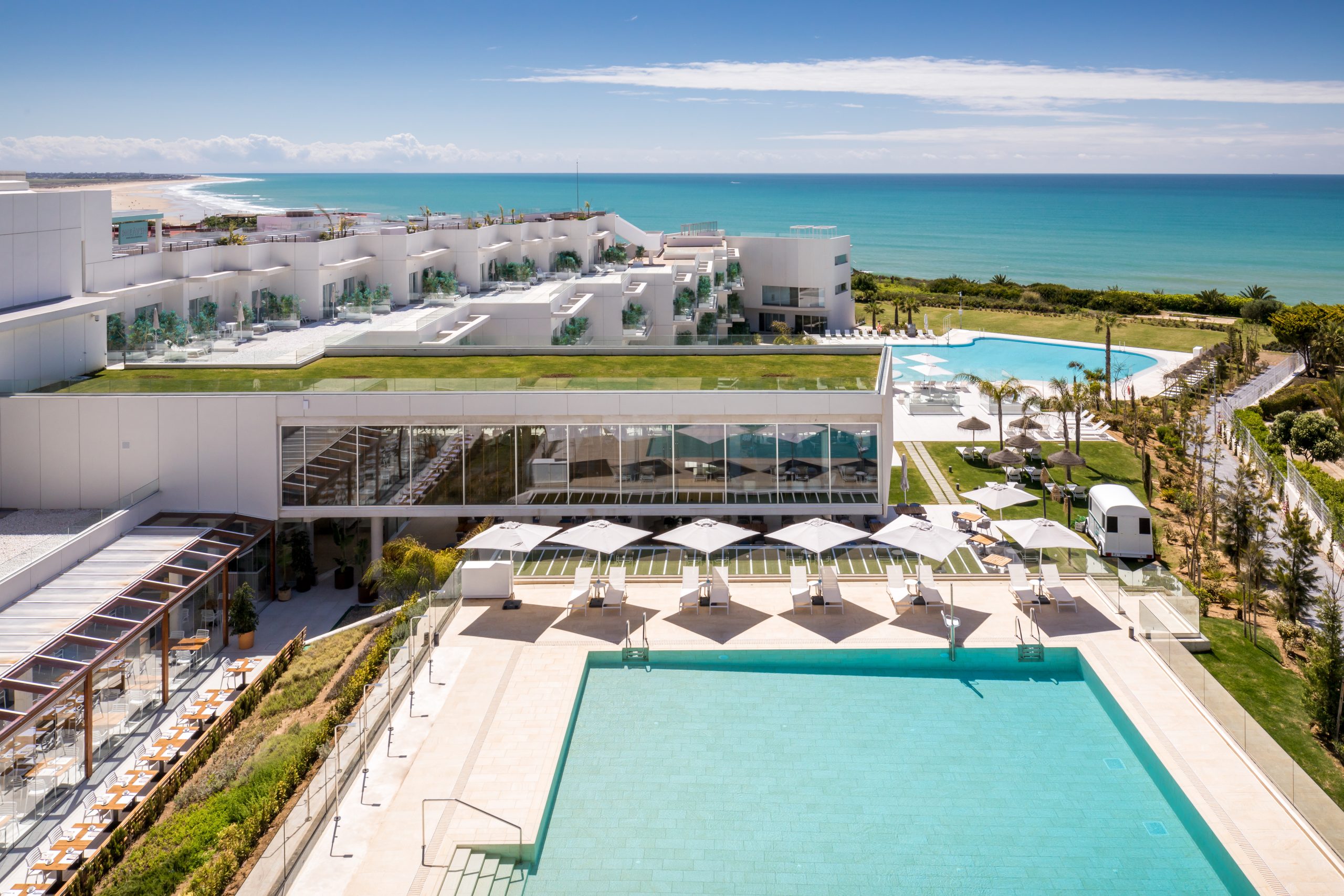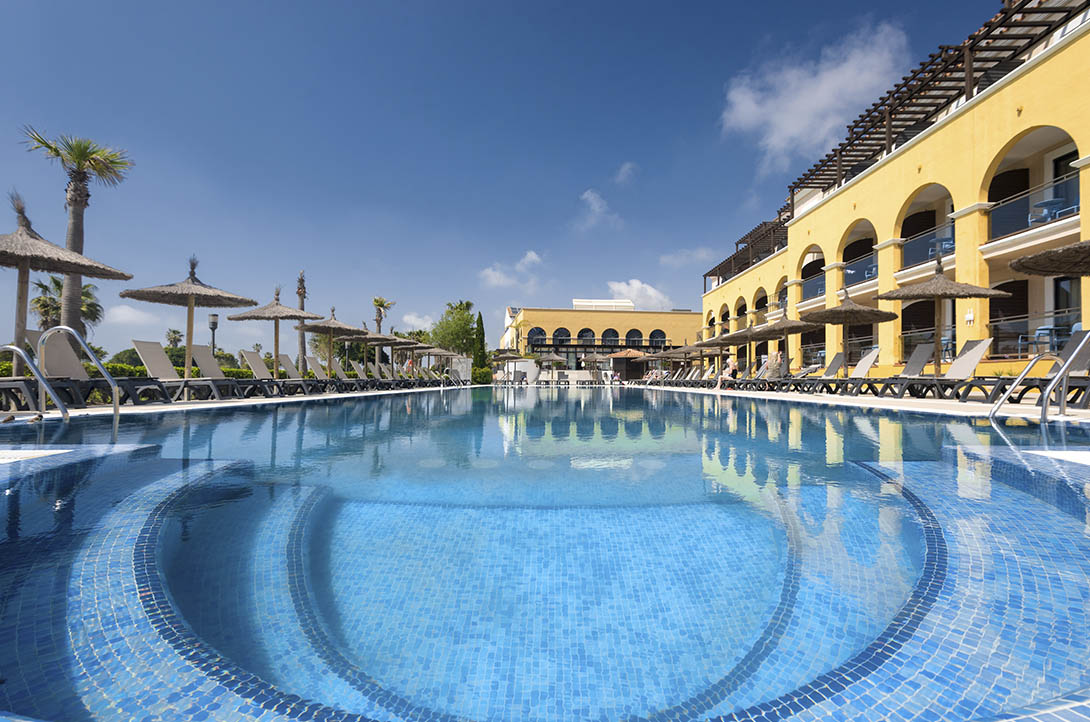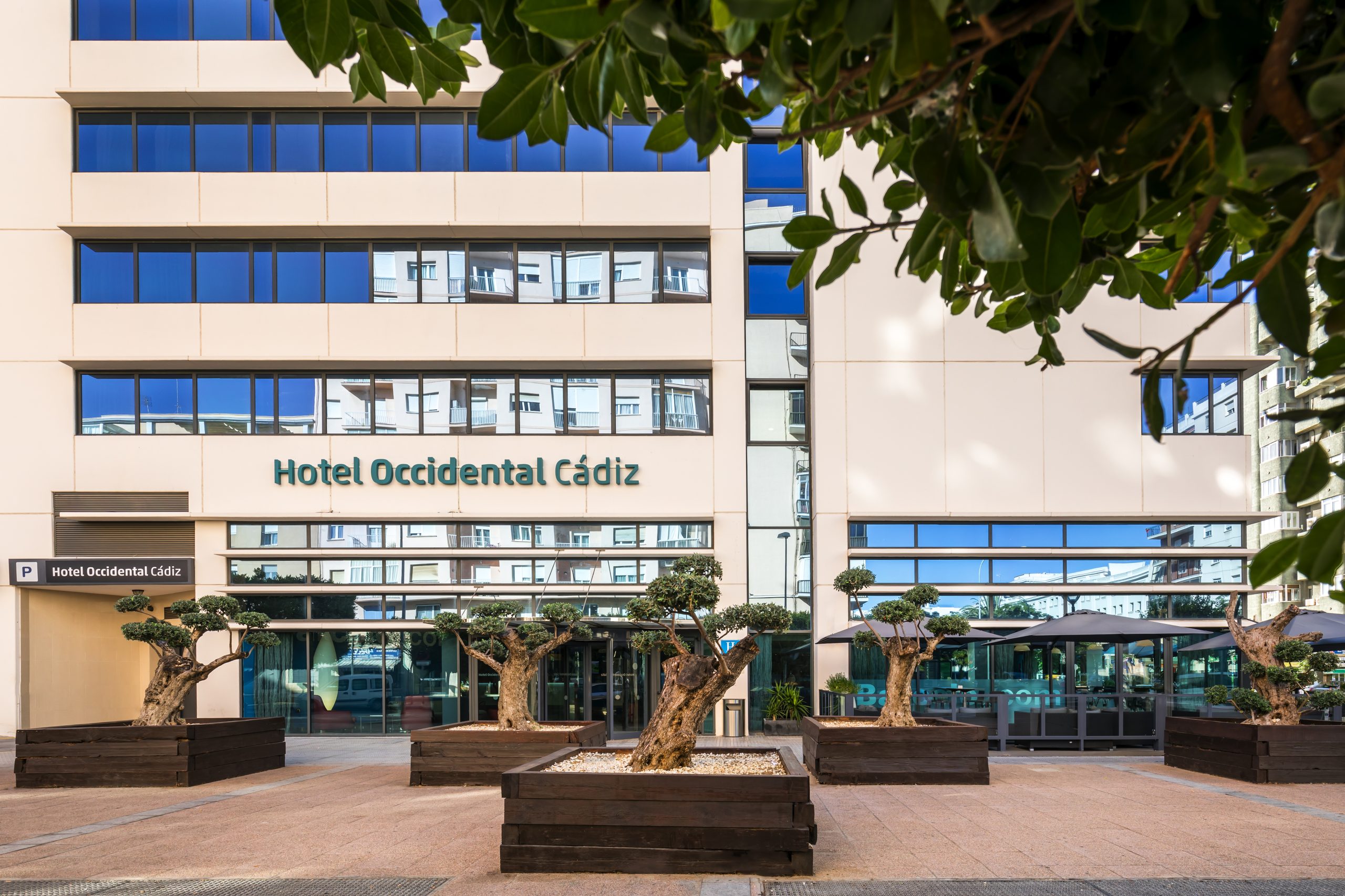Coveted for centuries by the Carthaginians, Romans and Moors, Conil de la Frontera has made a name for itself on Cádiz’s coast offering travellers a wide range of tourist attractions and activities. All kinds of people will find something for them in the town, from families and groups of friends to those whose taste buds guide the way when travelling.
With 14 kilometres of beaches no-one can deny that the town, with a population of little over 20,000 inhabitants, has always looked towards the sea. If a few decades ago its main economic industries were fishing and agriculture, today it revolves around tourism, which provides a livelihood for most of its population.
It’s no surprise then that Conil puts its all into welcoming tourists and throughout the year a variety of activities and events are organised to welcome the summer season. So you can plan ahead, here are the must-visit places in Conil’s historic quarter, declared a Historic and Artistic Site in 1983, and the beaches you cannot miss.
What to do in Conil
Although the temptation is to head to the beach as soon as you arrive, we recommend that you first take a stroll through the town. The historic quarter is small, so it won’t take you more than a morning or an afternoon. Below are the top places of interest.
Torre de Guzmán [Guzmán tower]
To get a good panoramic view of Conil, be sure to go up to the top of Torre de Guzmán. The fortification, once walled, was built in the early fourteenth century for a dual purpose: to keep watch over the tuna nets and to provide a place of refuge for inhabitants against possible sea attacks. The town would end up being built around the tower, which has been renovated on several occasions and today houses a tourist information point and art exhibitions. You can climb up to the battlements where there are lovely views of the coastline and the town’s rooftops.
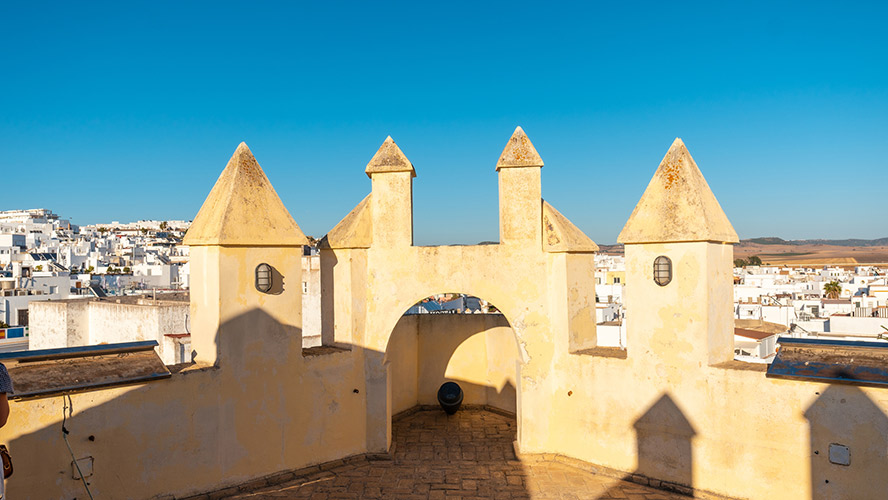
Puerta de la Villa [La Villa gateway]
Built in the year 1502, this was one of the four main gateways through which the walled complex of Conil de la Frontera was accessed. It is one of the town’s iconic meeting places and a great place to start a tour of the town.
The Bastion
Few vestiges of the ancient wall of Conil remain, however, at number 26 Calle Extramuros you can see one of the corners where watchmen were supposedly stationed.
Watchtowers
As the biggest threats came via the sea, a series of watchtowers were built on the coast to warn about approaching pirates or other enemies. In addition to the Torre de Guzmán, the Torre del Puerco and the Torre de Castilnovo are still in good condition and can be reached from Los Bateles beach.
Churches
The most important place of worship in Conil is the former Convento de la Victoria. You can also visit the chapel Capilla del Espíritu Santo, the church Iglesia de Nuestro Padre Jesús Nazareno, the La Misericordia church and hospice, and the Santa Catalina Cultural Centre (a lovely deconsecrated church). In the neighbourhood of El Colorado also stands the María Auxiliadora hermitage.
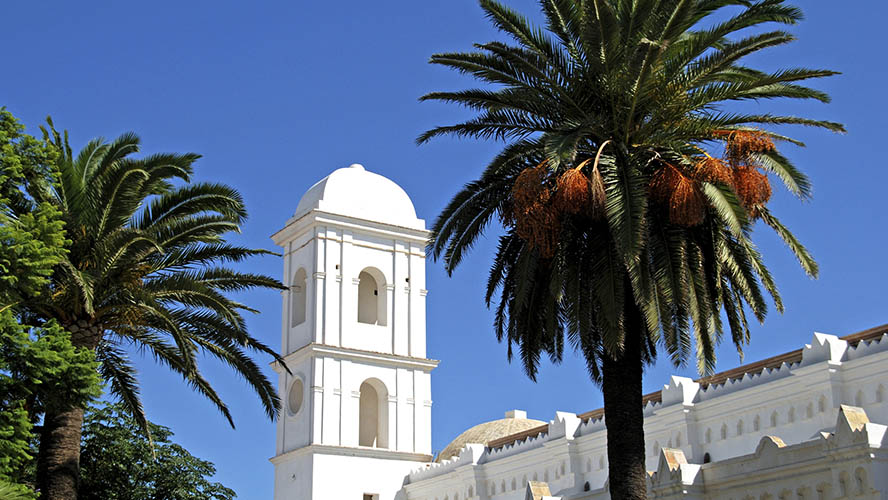
Mansion houses
Although the majority of stately homes are privately owned, some have been converted into guest houses, bars and restaurants and you can enter their central courtyards.
Fisherman’s district
Be sure to stroll through this neighbourhood of narrow streets and courtyards filled with flowers where locals still get together to enjoy the fresh air outside their homes. You can’t get any more traditional than this, but that’s not to say that tourism hasn’t taken root in the area, as you will find dozens of bars and artisan shops.
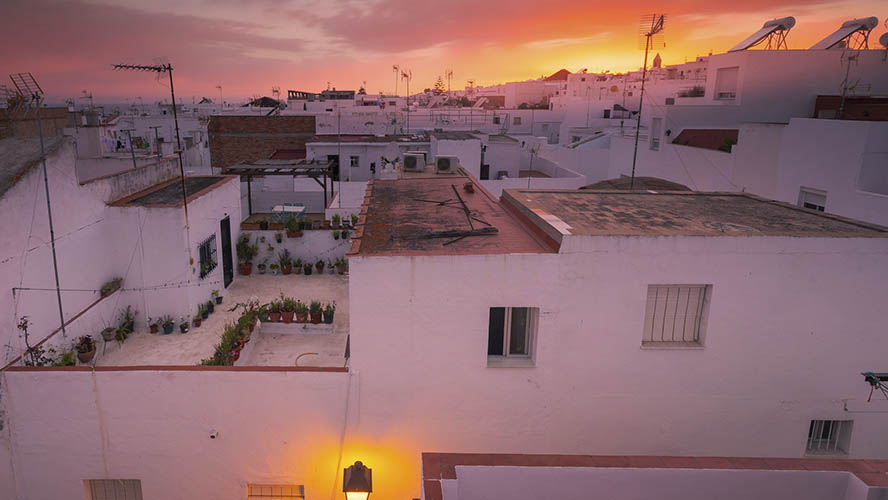
La Chanca de Conil: the cult of bluefin tuna
Bluefin tuna, the king of the seas, which is caught each season in the tuna nets of Tarifa, Barbate, Zahara de los Atunes and Conil, is the reason for the existence of La Chanca. The whole tuna cutting and salting process was carried out at this sixteenth-century complex, which has been lovingly restored. Spanning 7,500 m2, a series of rooms housing everything from the municipal library to the exhibition rooms of the Tuna Museum have been added to the building.
Part of what Conil is today is down to tuna and those nets that the Dukes of Medina Sidonia exploited with great pleasure for centuries. These days, there are even culinary workshops and a music festival centred around tuna, which attract thousands of visitors each year. They take place in May, coinciding with the period in which almadraba trap nets are laid (a fishing technique that is an art all of its own and consists of catching tuna in large nets when they try to cross the Strait of Gibraltar to head further into the Mediterranean Sea to spawn).
A particularly picturesque place that attracts a lot of attention is the anchor cemetery situated next to the fishing port. The large anchors are used during the trap-net season and then lay here for the rest of the year.
Conil’s beaches
The quality of the water and the services offered at Conil de la Frontera’s beaches is undeniable and verified by the blue flags that fly with pride. Some of them are among the best beaches in Cádiz. The area boasts large coves with fine, golden sand, which are spread out between El Palmar beach and the coves of Roche, which border La Barrosa beach.
Depending on your circumstances, you’ll no doubt have a preference as to which beach to choose. Below are their key features so you can pick the one for you:
Playa de Castilnovo
Situated next to the river Salado, it takes its name from the watchtower that stands on the same beach. The unspoilt strip of sand has undergone little development, has no beach bars and no longer boasts a watchtower, which is why it is one of the most popular naturist beaches.
Playa de los Bateles
The beach closest to the town. It runs alongside the seaside promenade, where you can leave your car. Bear in mind that it is very wide and you will have to walk quite a bit to reach the water. The best thing about it? Its wooden walkways, beach bars, toilets and lifeguards.
Playa de la Fontanilla
On this beach you won’t have to walk so far to reach the water and it also boasts its own car park. It has a family-oriented atmosphere and excellent restaurants. Beyond La Fontanilla is a strip known as El Roqueo, which is usually calmer, although it is quite rocky, which may make swimming difficult.
Playa Fuente del Gallo
This beach is one of the most unique as it is protected by tall cliffs. It’s a good option if the easterly winds are blowing, although you must take care with possible falling rocks and therefore not place your parasol next to the cliffs. In summer it has a beach bar from where you can watch the lovely Cádiz sunset.
Cala del Aceite and other coves in Conil
Starting at Fuente del Gallo are a series of coves: first off, Puntalejo and Cala del Aceite, and on the other side of the fishing port, the coves of Poniente and Roche. All are very secluded and hard to access, so parking may be hard to find. They do not normally have lifeguards, except for Cala del Aceite (with beach bars, toilets, and kayaks and paddle boards for hire), and services are minimal. This, however, doesn’t mean that they do not come highly recommended, although they are not suitable for all types of people.
Where to eat in Conil
It’s difficult to choose the best restaurants to eat at in Conil as the standard in the town is particularly high. To start with, before arriving, we recommend you acquaint yourself with Venta Melchor (N-340, km 18), which offers a top-notch traditional menu and excellently prepared bluefin tuna.
Other places that won’t disappoint include, for tapas, Bar Los Hermanitos (Calle La Virgen), and for something more formal, Bar Juan María (Calle Cádiz, 32), Blanco y Verde (Rosa de los Vientos, 14), La Azotea de María (Calle Cádiz, 9) and Feduchy Lounge (Pascual Junquera, 2). For lunch or dinner with views of the Atlantic, options include La Fontanilla and Casa Francisco, on La Fontanilla beach, and El Mirador del Roqueo, on El Roqueo beach. All three specialise in seafood although they also serve meat and rice dishes.
And finally, if you want to take home a souvenir, you’ll find countless shops selling crafts on Calle Cádiz and neighbouring streets, or if you prefer something edible, head to Caur Productos Artesanos (Laguna, 15) where you’ll find delicacies from all over the province. It is open all year round, not just in peak season.
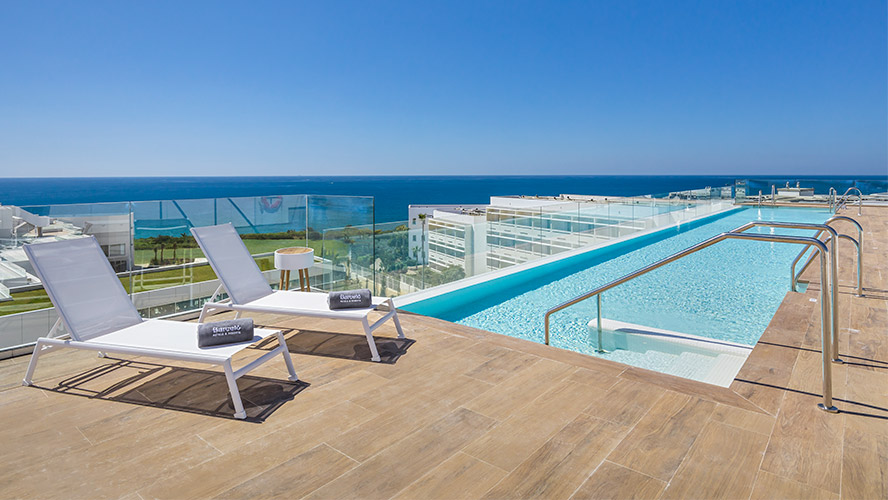
Going out in Conil
Younger visitors will also find that Conil is an excellent destination where you can let your hair down until the early hours. First and foremost, the liveliest bars are situated in the historic quarter, around Calle Cádiz, Calle Ancha and Calle José Tomás Borrego (better known as Calle del Peñón). If you’re more into nightclubs, head to Ícaro, a revamped classic.





























































